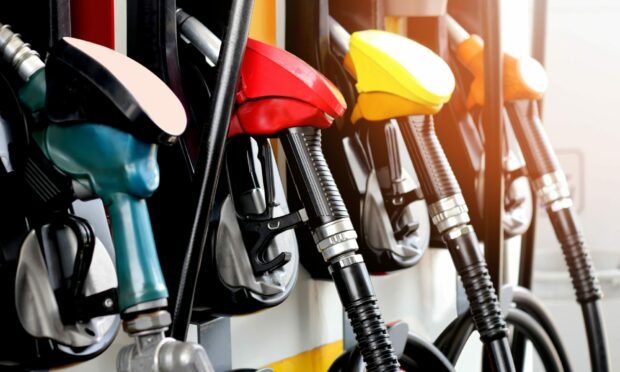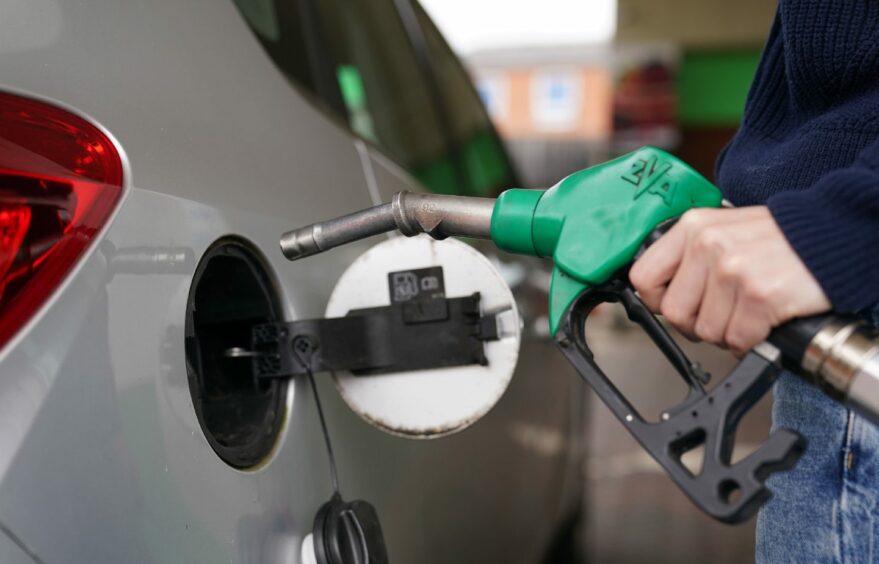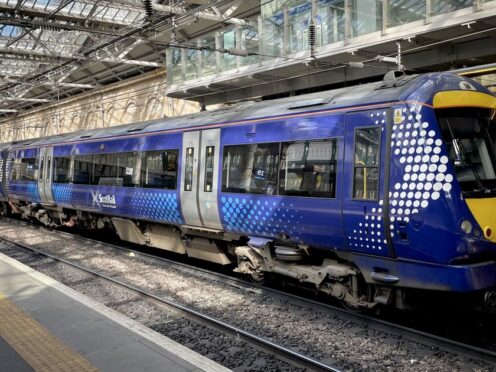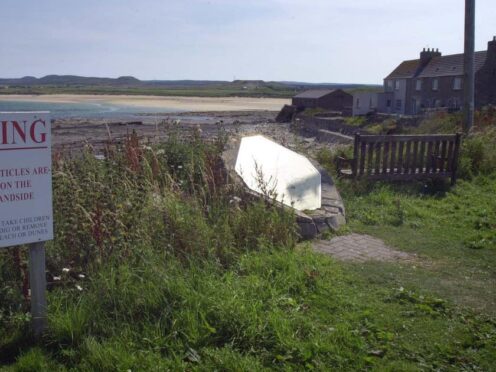Longstanding issues impacting care workers have been further elevated due to the rising cost of fuel.
RAC has warned motorists that fuel prices will hit £2 per litre this summer following the largest weekly increase for petrol and diesel since March.
It is calling for radical intervention from the UK government to soften the impact of “never-before-seen pump prices”.
For those working in the social care sector, the rising cost of fuel is causing significant extra pressures.
Unison’s head of social care in Scotland, John Mooney, has said members are at “the end of their tether”.
After being “worked into the ground” during the pandemic, many are now in a situation where they cannot afford to go to work.
Speaking on BBC’s Good Morning Scotland, Mr Mooney said: “There’s been a lot in the media about people choosing between heating their house and eating, but what our members in social care are telling us is they’re having to fill up their car to actually go to their job, eat or heat.
“Lots of longstanding issues within social care have been made much worse because of the cost of fuel.”
‘Difficult to make ends meet’
For many, the job is “impossible” to do without driving.
BBC Radio also heard from social care workers in Scotland who have to use their own cars to drive between jobs.
One woman said: “It used to cost me £45 to fill up my car with unleaded petrol, it now costs me £65. Petrol isn’t lasting as long as it used to, I’m having to fill up a couple times a month.
“It’s getting really, really difficult especially with increase everywhere. It’s very difficult to now to make ends meet.”
Another care worker said her fuel bill has more than doubled while her work has also increased in areas outwith her designated area.
Mr Rooney explained that while some social care workers receive a mileage allowance, this is often still not enough.
He continued: “The reality is, the more people that leave the sector, the bigger impact there is on the vulnerable people in society and the bigger problem there is with bed blocking in the NHS.
“It’s an urgent issues that needs to be resolved.”
The head of social care said the government needs to make radical changes to keep people in work, or the social care sector is at risk of becoming “decimated”.











